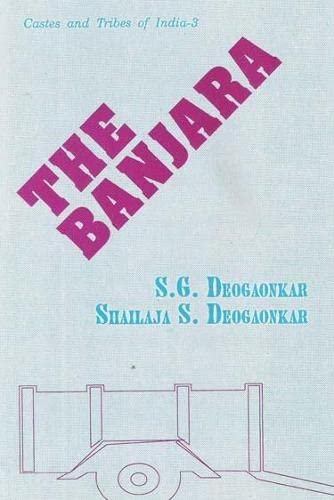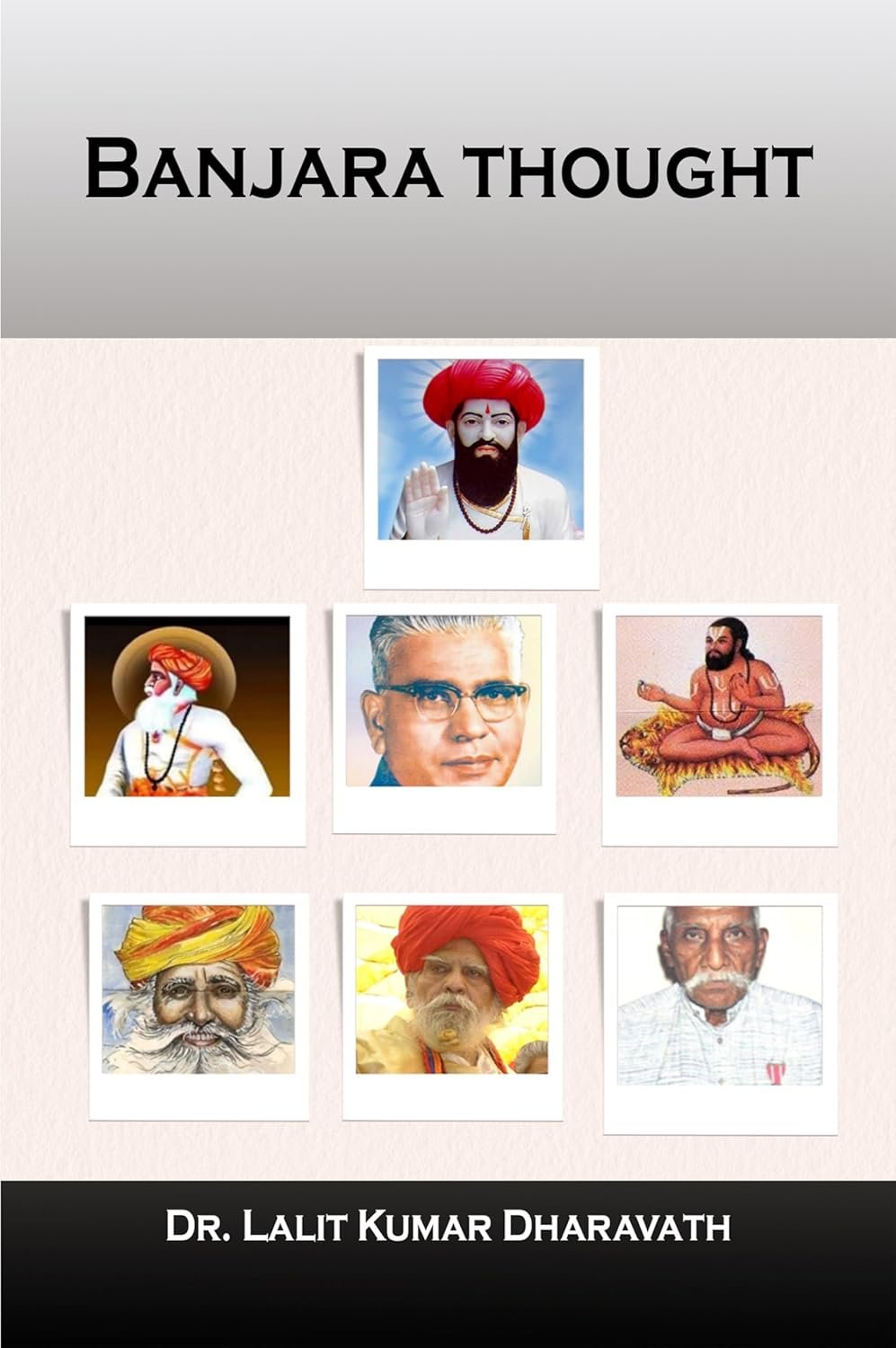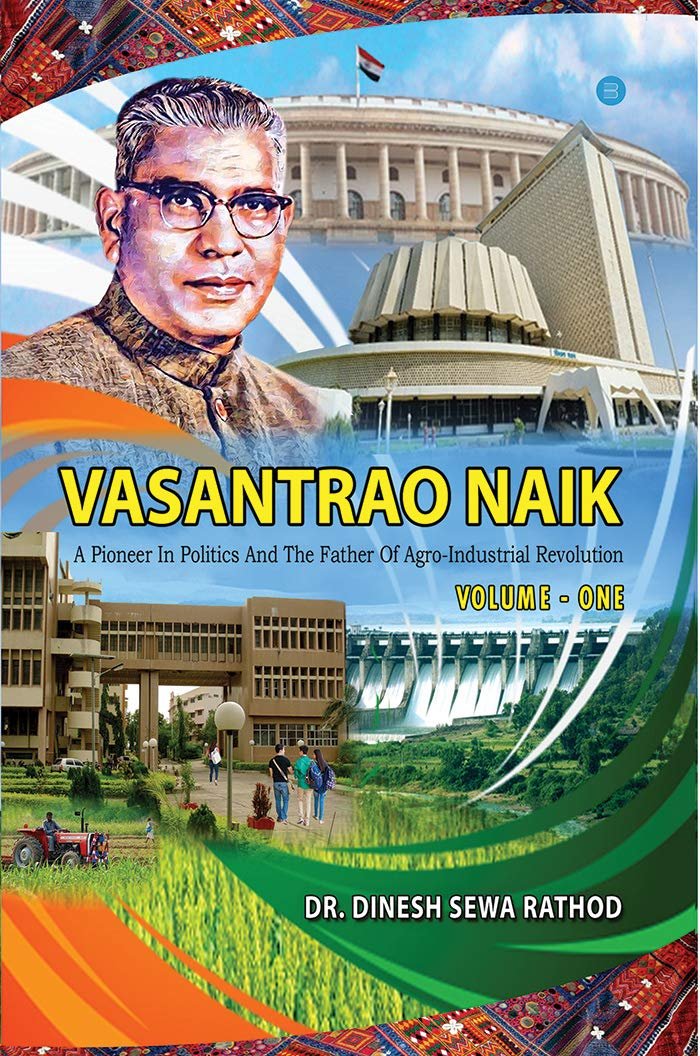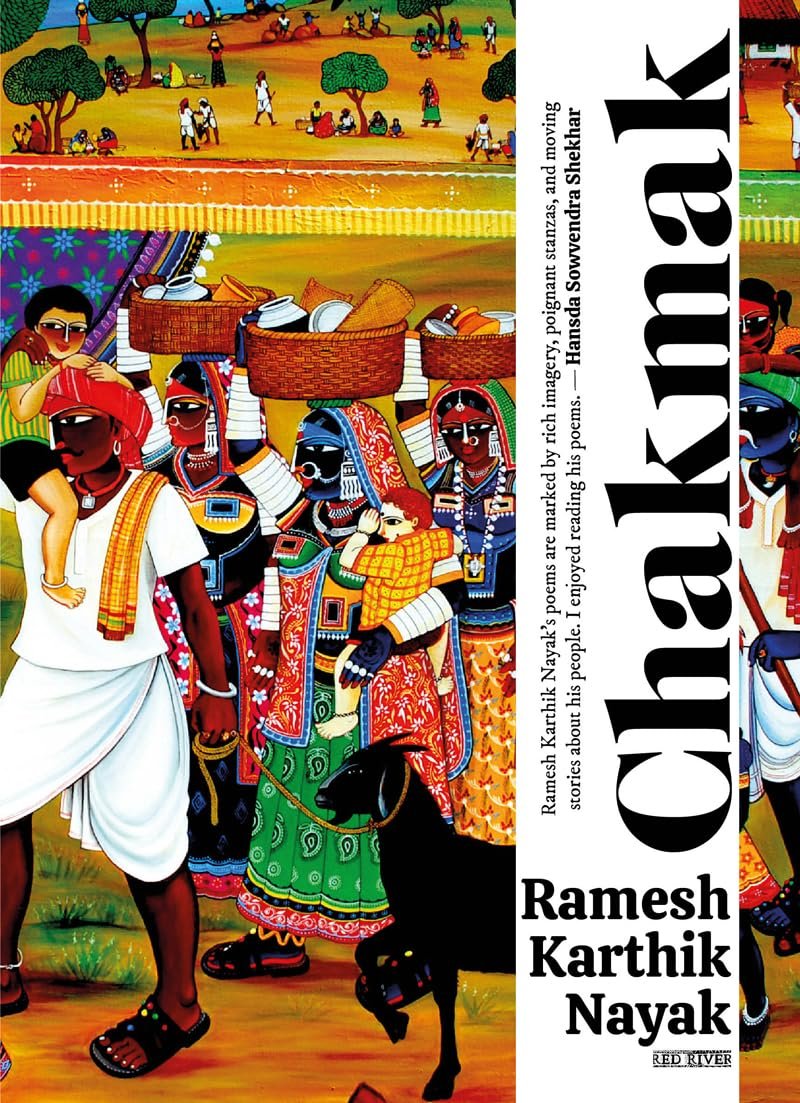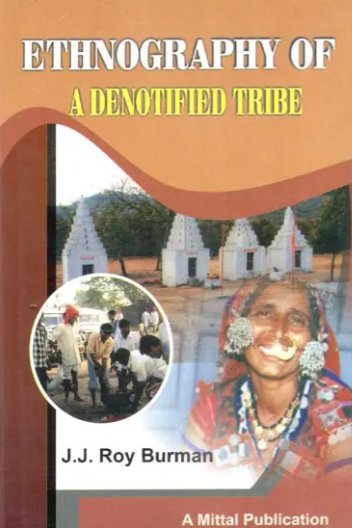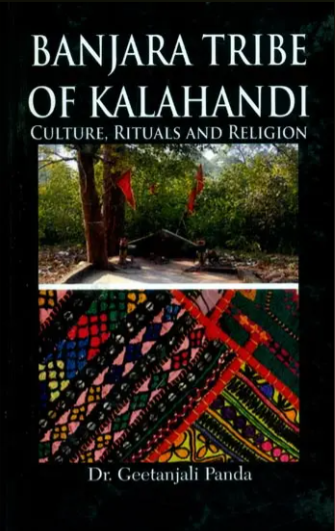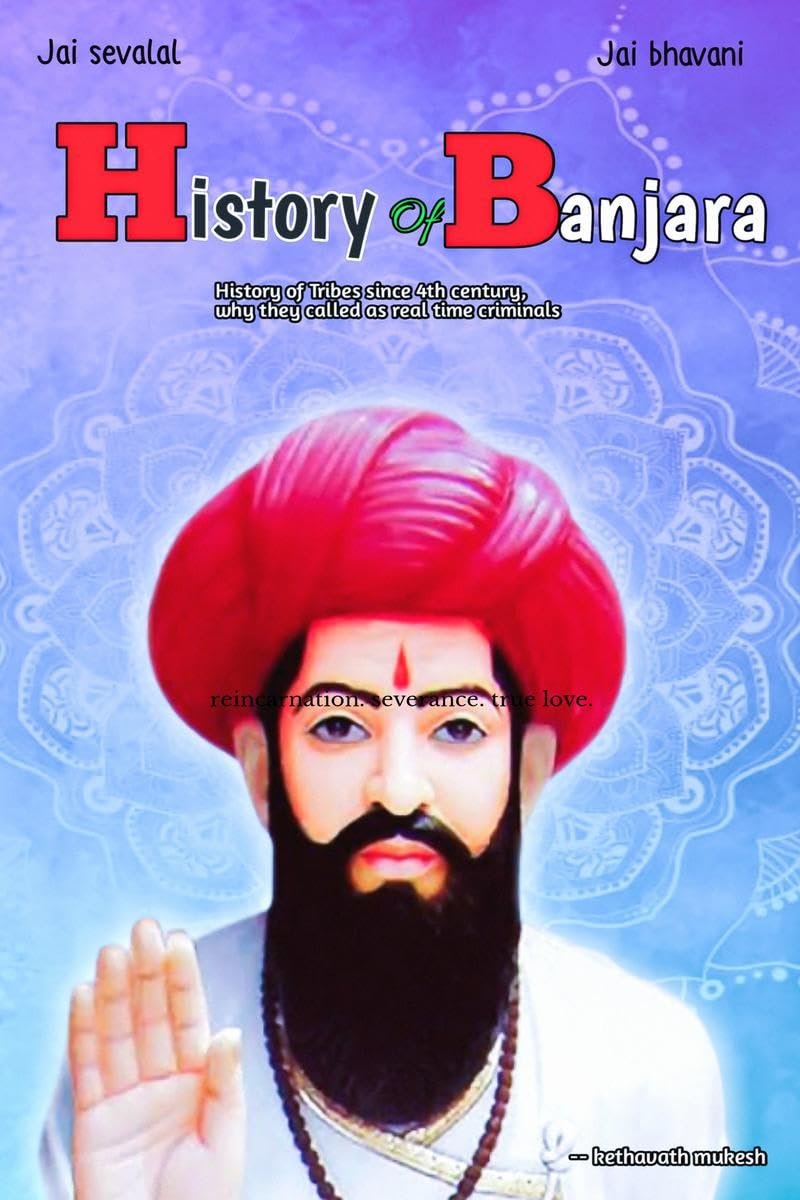
HISTORY OF BANJARA : history of tribes since 4th century
- Release:8 February 2023
- Views:13 times
- Price:₹197
- Pages:34
- Lable:English, Kethavath Mukesh
HISTORY OF BANJARA : history of tribes since 4th century Book Review
- Author: Kethavath Mukesh
- Publication Date: 8 February 2023 (Paperback – 34 pages)
- Publisher: Notion Press
- Language: English
- Format: Paperback and Kindle (print length: 22 pages for Kindle format)
What the Book Promises
The author states: “Every letter written in this book. Every word and every sentence has been written with great care and proof. The main reason for writing this book is to make them aware of their importance.” This suggests a heartfelt effort to spotlight the Banjara community’s history, identity, and cultural significance.
Strengths
- Accessible and concise: At 22–34 pages, the book may serve as a quick and accessible primer for readers exploring Banjara history for the first time.
- Intent-driven narrative: Mukesh clearly wrote with a purpose—to raise awareness and instill appreciation for the Banjaras.
Areas for Improvement
- Very brief coverage: Multiple readers noted dissatisfaction with the book’s brevity. “The book is very small with very few pages”
“There is 5 page in book… totally loots and making a fool” - Perceived lack of depth: One review comments that much of the content is readily available via online sources: “Max of the information is actually available on Google… not much worth it.”
Contextual Insights on Banjara History (for comparison)
To evaluate Mukesh’s work, it’s helpful to compare it against broader, well-established knowledge of the Banjara community:
- The Banjaras (also known as Lambadi or Lambani) are a semi-nomadic trading community. They historically facilitated trade across India using bullock carts, camels, and oxen, and had key roles in transporting salt, spices, forest products, and more.
- Their rich cultural heritage includes traditional crafts like lepo embroidery (mirrors, beads, coins), unique textiles, jewelry, and vibrant folk arts—elements beautifully preserved and celebrated elsewhere.
- Significant figures like Sevalal Maharaj, a revered socio-religious reformer (1739–1806), play an important role in Banjara spiritual history
Final Thoughts & Recommendation
HISTORY OF BANJARA by Kethavath Mukesh offers a personal and concise introduction to the Banjara tribe’s legacy. While the author’s intent to honor and bring attention to the community is clear and commendable, the book’s extremely limited scope (just 22–34 pages) may leave history buffs—and even newcomers—wanting more depth and substance. Reader reviews reflecting a sense of being shortchanged suggest that this might work better as a starting point rather than a definitive history.

